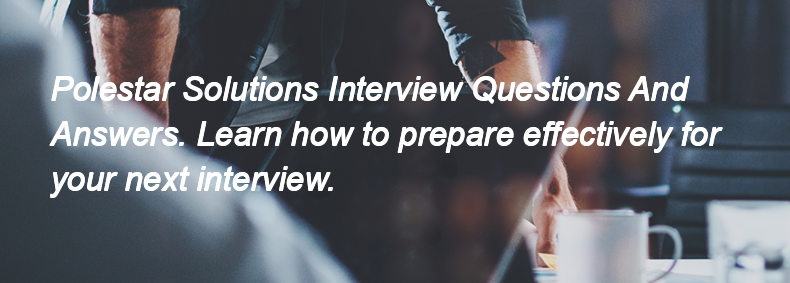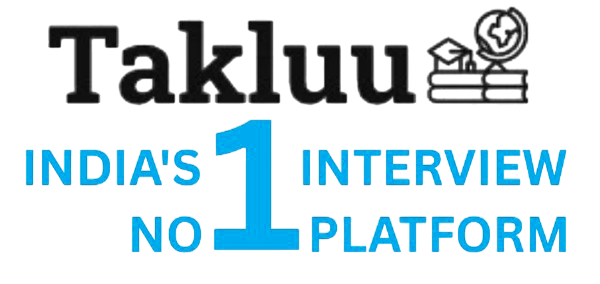`var` is function-scoped or globally-scoped and can be re-declared and updated. `let` is block-scoped, can be updated but not re-declared in the same scope. `const` is also block-scoped, cannot be updated or re-declared, and must be initialized at the time of declaration.

`var` is function-scoped or globally-scoped and can be re-declared and updated. `let` is block-scoped, can be updated but not re-declared in the same scope. `const` is also block-scoped, cannot be updated or re-declared, and must be initialized at the time of declaration.
Block elements take up the full width available and start on a new line (e.g., `<div>`, `<h1>`). Inline elements only take up as much width as necessary and do not start on a new line (e.g., `<span>`, `<a>`). Inline-block elements are similar to inline elements but can have width and height set, and they respect margins and padding (e.g., `<img>`, `<button>`).
Flexbox, or the Flexible Box Layout, is a CSS layout model that allows items in a container to be arranged and aligned efficiently. It works by defining a container as a flex container using `display: flex;`, which enables its direct children (flex items) to be laid out along a main axis (horizontal or vertical). You can control the alignment, direction, spacing, and size of these items using properties like `flex-direction`, `justify-content`, `align-items`, and `flex-wrap`. This makes it easier to create responsive layouts without using floats or positioning.
Some popular frontend frameworks and libraries are:
1. React
2. Angular
3. Vue.js
4. Svelte
5. Bootstrap
6. jQuery
7. Ember.js
8. Backbone.js
A Public Subnet is a subnet that has a route to the internet through an Internet Gateway, allowing resources within it to be accessed from the internet. A Private Subnet, on the other hand, does not have a direct route to the internet, meaning resources in it cannot be accessed directly from the internet.
IAM (Identity and Access Management) in AWS is a service that allows you to manage users, groups, and permissions to securely control access to AWS resources.
AWS Lambda is a serverless computing service that allows you to run code in response to events without provisioning or managing servers. It automatically scales and charges only for the compute time consumed.
An Elastic Load Balancer (ELB) is a service that automatically distributes incoming application traffic across multiple targets, such as Amazon EC2 instances, containers, and IP addresses, to ensure high availability and reliability of applications.
A VPC (Virtual Private Cloud) is a virtual network dedicated to your AWS account, allowing you to launch AWS resources in a logically isolated environment.
Git cherry-pick is a command that allows you to apply the changes from a specific commit in one branch to another branch. You would use it when you want to selectively apply certain commits without merging the entire branch, such as when you need a bug fix or feature from another branch without bringing in all other changes.
Tags in Git are used to mark specific points in the repository's history, often to denote release versions. To create a tag, use the command `git tag <tag-name>`. To push tags to the remote repository, use `git push origin <tag-name>` or `git push –tags` to push all tags at once.
To revert a pushed commit, use the command:
“`
git revert <commit-hash>
“`
This creates a new commit that undoes the changes made by the specified commit. After that, push the changes with:
“`
git push
“`
Git is a version control system that helps manage and track changes in code, while GitHub is a web-based platform that hosts Git repositories and provides collaboration features for developers.
You can view the history of commits by using the command `git log`.
Authentication in RESTful APIs can be implemented using methods like Basic Auth, OAuth 2.0, or JSON Web Tokens (JWT). Authorization is typically handled by checking user roles or permissions against the requested resource. For example, after authenticating a user, the server can issue a token (like a JWT) that the client includes in subsequent requests to access protected resources, where the server verifies the token and checks the user's permissions.
GET retrieves data from a server.
POST sends data to a server to create a new resource.
PUT updates an existing resource with new data.
PATCH partially updates an existing resource.
DELETE removes a resource from the server.
Statelessness in REST means that each request from a client to a server must contain all the information needed to understand and process that request. The server does not store any client context between requests, making each interaction independent.
Headers in RESTful API communication provide essential metadata about the request or response. They can include information such as content type, authentication tokens, caching directives, and status codes, which help clients and servers understand how to process the data being exchanged.
A URI (Uniform Resource Identifier) is a string that uniquely identifies a resource in a RESTful API, typically in the form of a URL. An endpoint is a specific URI where an API can be accessed by a client to perform operations (like GET, POST, PUT, DELETE) on the resource.
